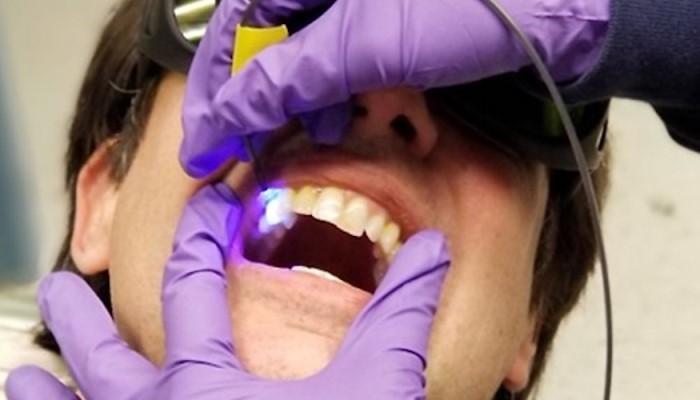The University of Washington has unveiled a prototype optical pH monitor tested in a study. The prototype uses a low power lighting system to monitor reactions with a fluorescent dye solution to determine where tooth enamel is most at risk for plaque acidity.

The researchers tested the non-invasive prototype on 30 pediatric patients aged 10 to 18 years. Pediatric patients were chosen because their tooth enamel is thinner than that of adults. Students of the Faculty of Dentistry of the second and third years used the device under the supervision of teachers.
The prototype contains a probe at the end of a piece of cord. While the paint is applied to the teeth, the probe floats above the surface of the teeth. The probe transmits and collects light, which is returned back to the central unit, which reads the pH.
Researchers have repeatedly studied the condition of the teeth of patients before and after rinsing with a solution containing sugar, as well as before and after professional teeth cleaning.
The team found significant differences between groups after purification and pre-treatment using reduced pH and differential phase. They also found that the resting and declining pH in the precleaning group was lower on carious surfaces compared to healthy surfaces. Researchers did not observe similar trends in the group after cleaning.
The team noted that this work represents a “groundbreaking” study for clinical, non-invasive pH measurement of oral biofilms.
